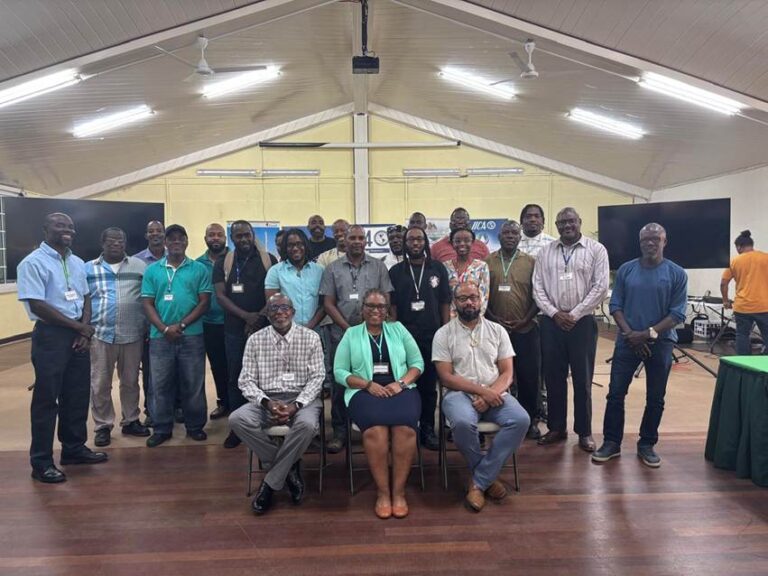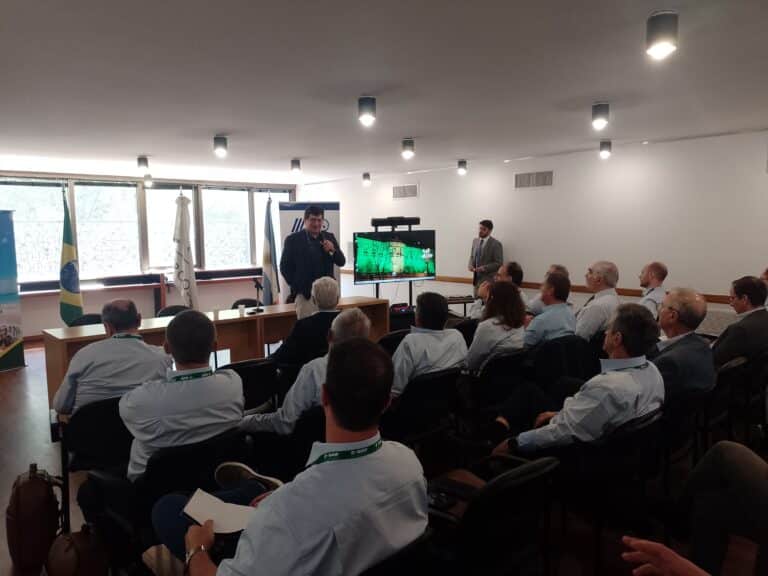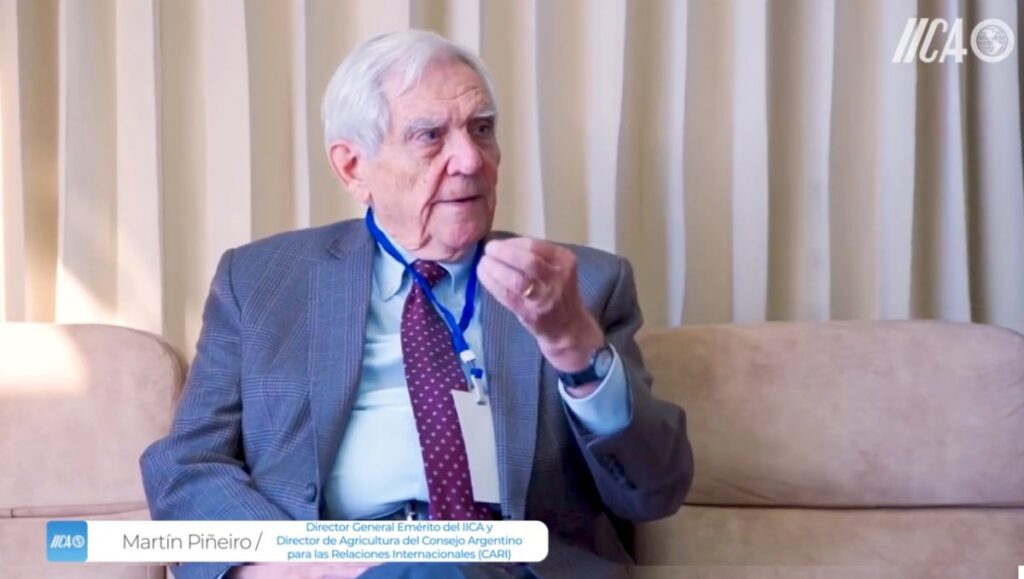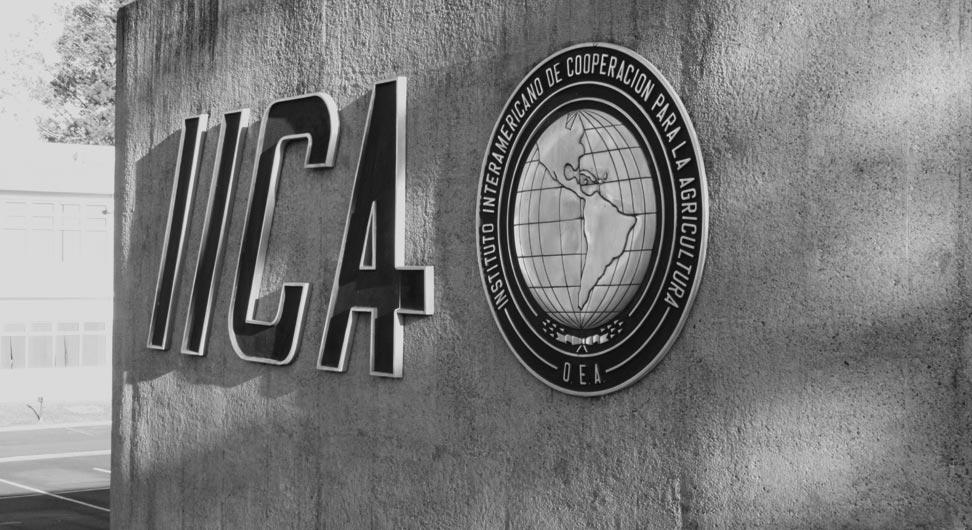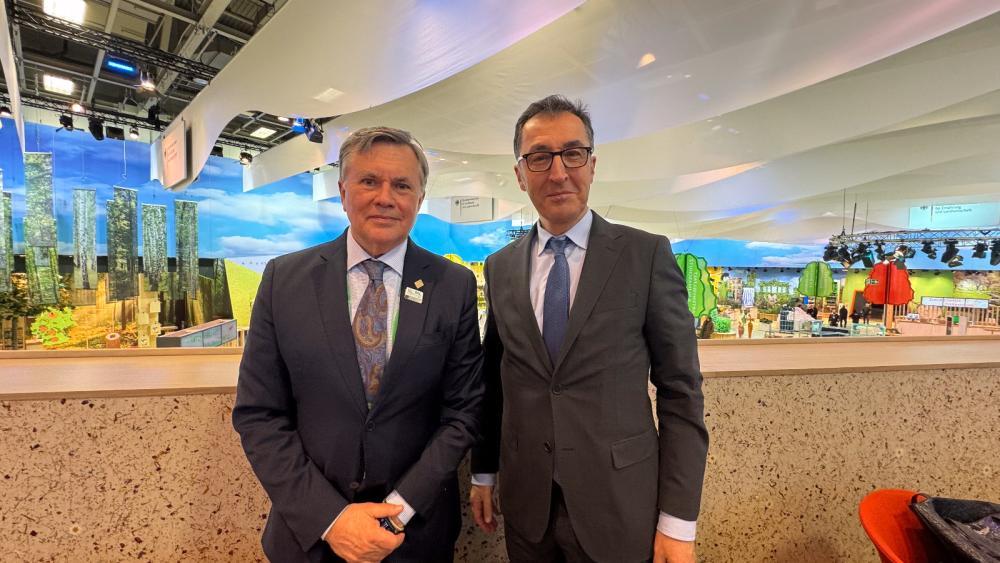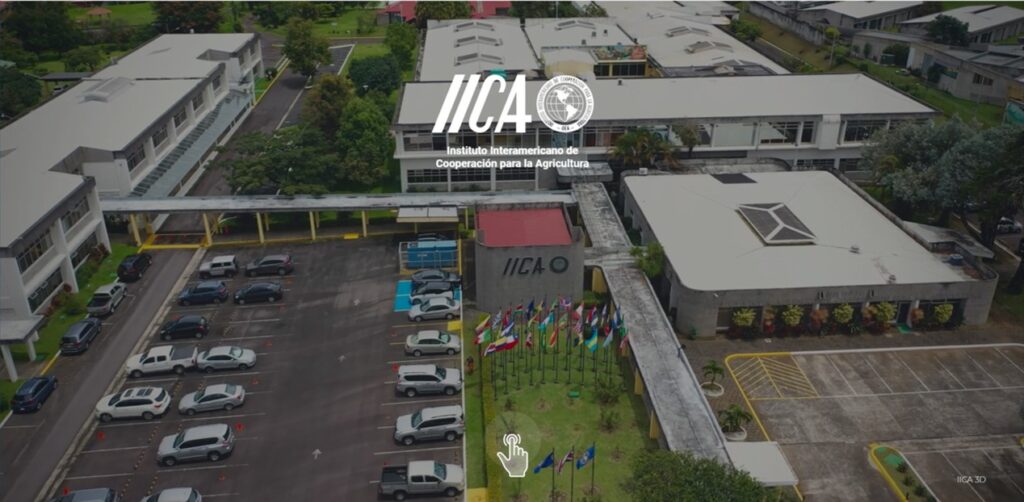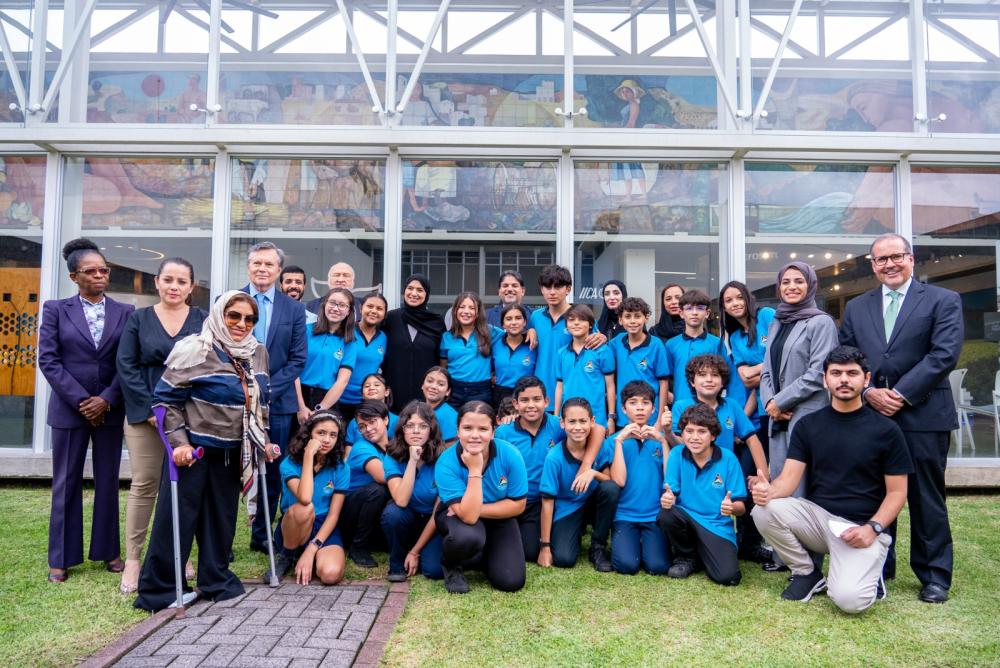With technical support from IICA, plans of actions have been established in the rice, milk, bean, corn, plantain, beef, potato-onion, cassava-yam and vegetable sectors in an attempt to increase productivity and improve the distribution of income among producers.
Panama City, November 14, 2011 (IICA). Panama’s goal in establishing nine agrifood chains this year, and more in 2012, is to ensure greater equity in the distribution of income among producers, reduce the cost of food and ensure access to food for the entire population.
With technical support from the Inter-American Institute for Cooperation on Agriculture (IICA), plans of action have been established for the rice, milk, bean, corn, plantain, beef, potato-onion, cassava-yam and vegetable production chains this year; with pork chain being added next year.

These sectors are considered vital by the Ministry of Agricultural Development (MIDA) given their contribution to the national economy and to the generation of employment, and because of the number of small- and medium-scale producers involved.
The IICA Representative in Panama, Gabriel Rodriguez Marques, explained that a committee will be set up for each chain. These committees will set annual goals as a means of monitoring implementation of the plans of action. Such goals include increasing domestic consumption, consolidating exports or modernizing the institutional framework that affects specific products.
The chains were created under an executive decree issued in October 2011, which calls for the operation of a technical secretariat for each sector and the allocation of resources needed to implement the proposed plan of action.
According to IICA’s Agribusiness and Commercialisation Specialist Danilo Herrera, the participants prepare a joint plan of action geared towards making their specific activity less competitive.
The participants in the chains, such as producers, businesses and associations, draw up the plan of action jointly in order to overcome the factors that make their specific activity less competitive, according to Herrera.
“Because it is impossible to survive in such a competitive environment without being efficient, actions aimed at improving productivity are included in the plans. At the same time, however, income and profits must be distributed more equitably if the chains are to survive in the long term,” he said.
If resources are distributed more effectively, he added, producers can innovate and use high-quality raw materials.
IICA’s support during the first year of operation of the agrifood chains is aimed at strengthening the technical capacities of the committees and the secretariat of each sector.
Similar initiatives have been undertaken in Honduras, Guatemala, Colombia, Ecuador and Peru.
Más información:
danilo.herrera@iica.int
gabriel.rodriguez@iica.int

